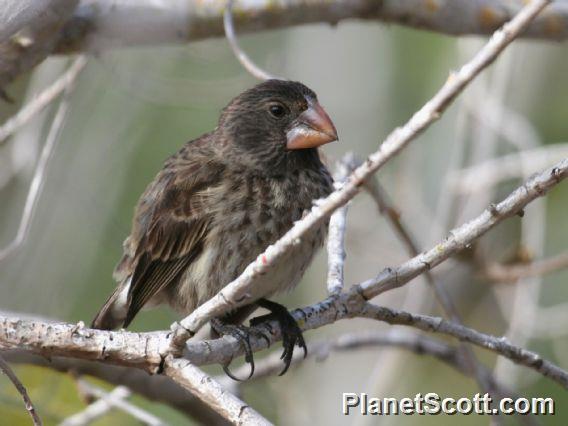Large Ground-Finch (Geospiza magnirostris)

Large Ground-Finch (Geospiza magnirostris)
×


Large Ground-Finch (Geospiza magnirostris)
About Large Ground-Finch (Geospiza magnirostris)
- Kingdom: Animals
- Phylum: Chordates
- Class: Birds
- Order: Perching Birds
- Family: Old World Buntings
The large ground finch is a species of bird in the genus Geospiza. One of Darwin's finches, it is now placed in the tanager family Thraupidae and was formerly in the Emberizidae. It is the largest species of Darwin's finch.
Source: Wikipedia
Lifelists
Trips
Visits
-
2006-12-03
Isla Isabella - Punta Vicente Roca, Ecuador

